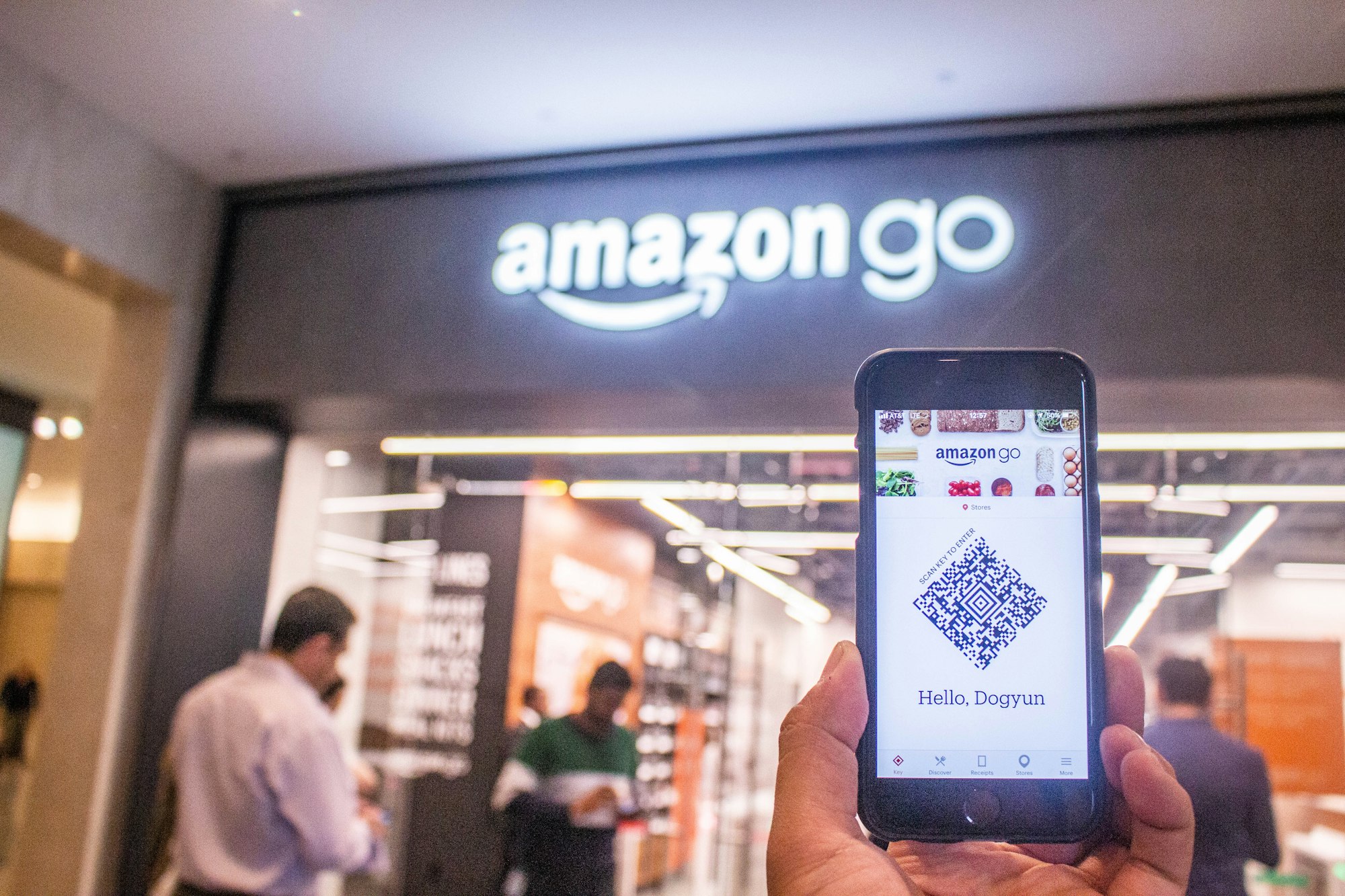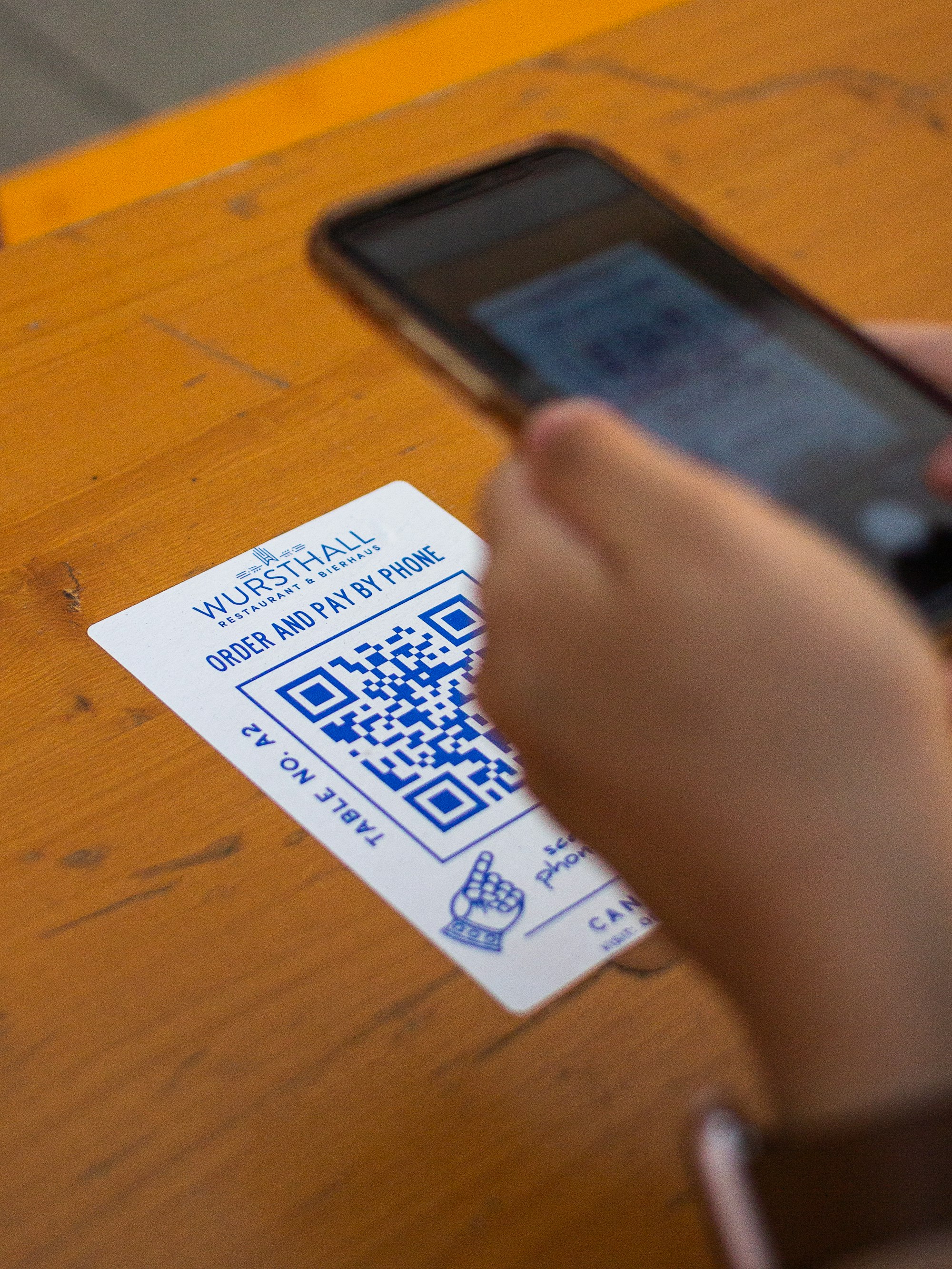QR codes: a new way to connect with shoppers.

A benefit for both! While shoppers can get information more easily, retailers can improve their brand recognition, increase sales and be aware of what works and what doesn't.
QR codes can be used in several different ways in the retail landscape. From acquiring new customers to improving the in-store experience, QR codes can help retailers compete with e-commerce at a fraction of the cost. But what is exactly a QR code and how can we benefit from it.
QR codes.
Among the many changes brought about by the pandemic is the widespread use of QR codes, graphical representations of digital data that can be printed and later scanned by a smartphone or other device. QR codes have a wide range of uses that help people avoid contact with objects and close interactions with other people, including for sharing restaurant menus, email list sign-ups, car and home sales information, and checking in and out of medical and professional appointments.
They are a close cousin of the bar codes on product packaging that cashiers scan with infrared scanners to let the checkout computer know what products are being purchased.
QR codes are designed to be scanned using a camera, such as those found on your smartphone. When you scan a QR code, the QR reader in your phone’s camera deciphers the code, and the resulting information triggers an action on your phone. If the QR code holds a URL, your phone will present you with the URL. Tap it, and your phone’s default browser will open the webpage.
QR codes are composed of several parts: data, position markers, quiet zone and optional logos.
Like barcodes, QR codes are designed with data redundancy. Even if as much as 30% of the QR code is destroyed or difficult to read, the data can still be recovered. In fact, logos are not actually part of the QR code; they cover up some of the QR code’s data. However, due to the QR code’s redundancy, the data represented by these missing dots can be recovered by looking at the remaining visible dots.

Benefits.
- Increase Website Traffic. Use a Website QR code in your products or store material to link to your landing page and start driving more traffic to your business online.
- Online checkout. You can allow shoppers to purchase products they like in the store online and get it delivered straight at home. Simply place a QR code on the product packaging to initiate the process.
- Get in touch with customer service. What’s worse than low sales? An unhappy customer! Allow your customers to get in touch with the customer service right from the store with a text QR code or a Call QR code.
- Reveal offers and discounts. Link your discounts to the QR code for a seamless shopping experience. You can even have your customer purchase the item online with the coupon code already applied at checkout.
- Increase social media visibility. The best way to connect in the digital era is social media. Have your happy customers follow, like and engage with you on social with a social media QR code. You can drive your shoppers directly to your Facebook or Instagram inbox with a QR code.
- Leave feedback. Customer-backed inventory is making waves. Amazon’s 4-star store has implemented it and there is no doubt that customers respond well when retailers make an attempt to incorporate their feedback.
- Navigate to the retail store. QR codes can be used by retailers to help customers navigate to the store. Using a location QR code linked to Google Maps, customers no longer have to memorize the address or get lost.
- Boost app downloads. Have an app? The best way to encourage your consumers to download the app is with a QR code. All they have to do is scan the QR code to download it on their respective App Store.
- Share contact information. With a vCard QR code, retailers can get customers to save their information right on the mobile phone. This negates the need for an additional step of handing out business cards and users having to manually save the information.
If you liked this article, do not forget to subscribe to our blog.
Follow us on Instagram @quartzsales
LinkedIn QuartzSales
Until next time! ;)

